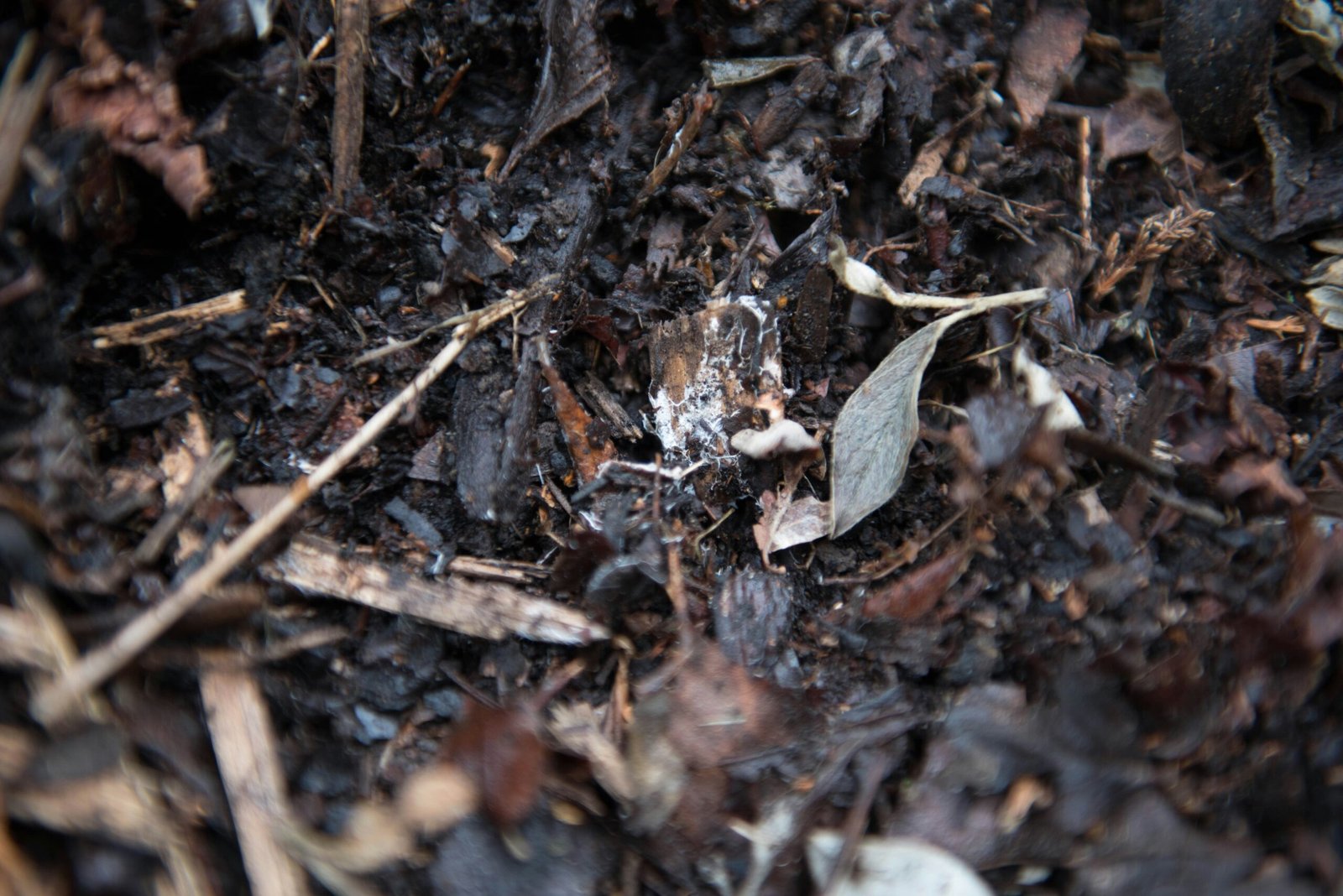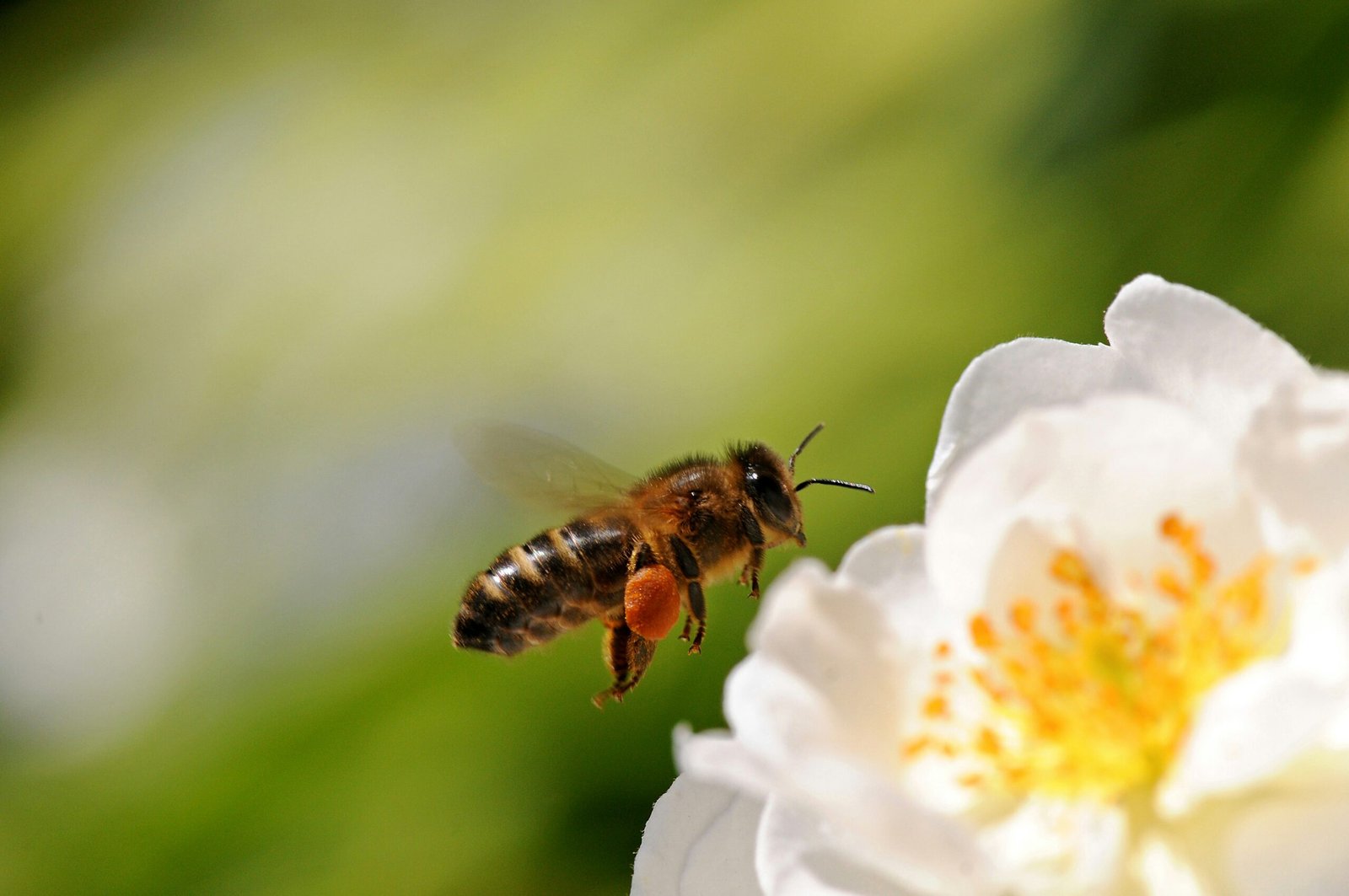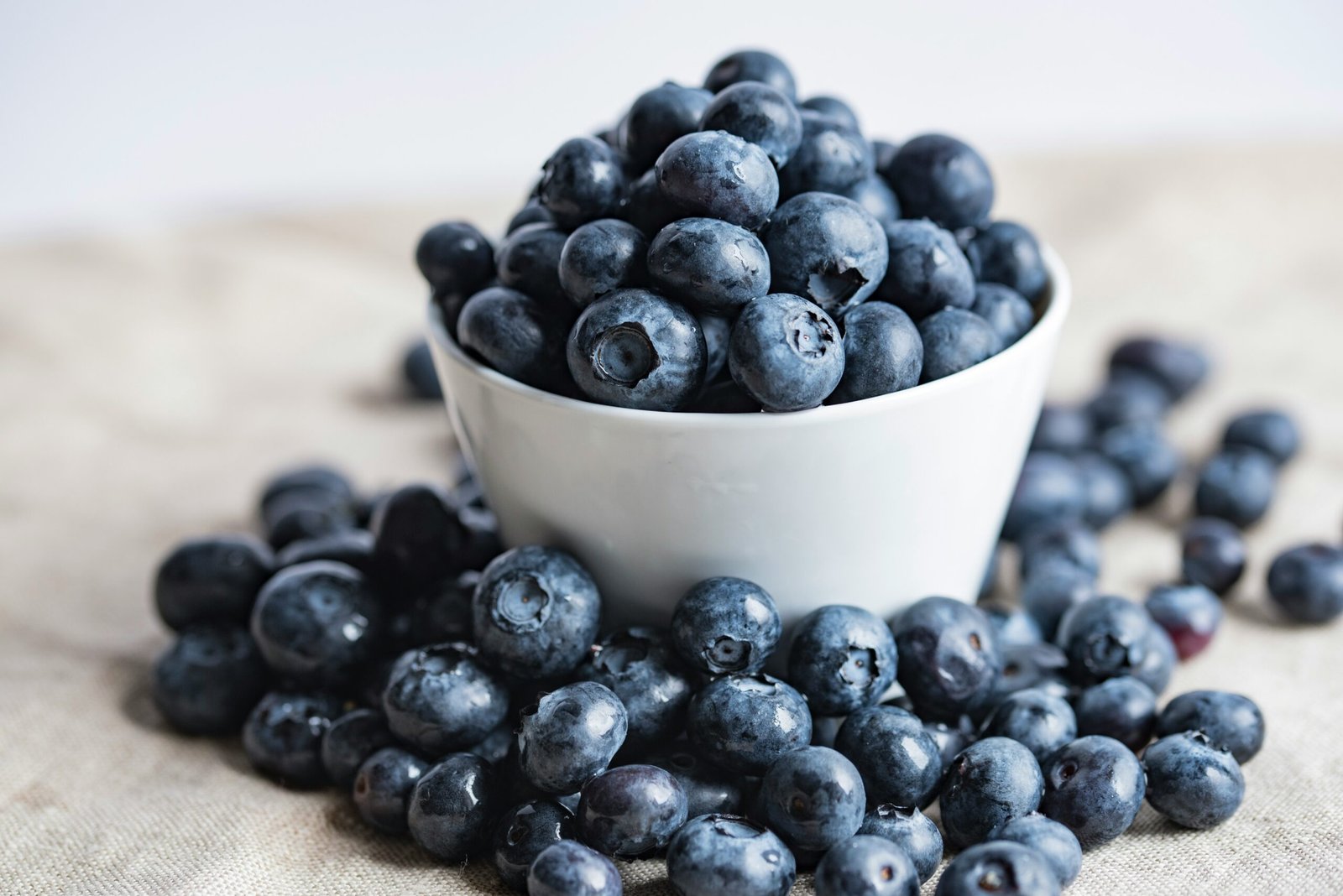Spring is in the air, and what better way to embrace the season of growth and renewal than by starting or rejuvenating a compost pile in your garden? Composting is like turning waste into gold for your plants, providing them with nutrient-rich organic matter that will help them thrive and flourish. So, grab your gardening gloves and let’s dive into the wonderful world of spring composting!
Why Compost in Spring?
Spring is the perfect time to start or rejuvenate your compost pile for a few reasons. First, the warmer temperatures and increased sunlight speed up the decomposition process, allowing your compost to break down faster. Second, spring cleaning often leaves us with a surplus of organic waste, such as fallen leaves, grass clippings, and kitchen scraps. Instead of tossing them in the trash, why not put them to good use by composting?
Getting Started
Starting a compost pile is easier than you might think. First, find a suitable location in your garden. Ideally, it should be in a sunny spot with good drainage. Next, gather your composting materials. You’ll need a mix of “green” and “brown” materials. Green materials include things like grass clippings, vegetable scraps, and coffee grounds, while brown materials include dried leaves, straw, and shredded newspaper.
Layer the green and brown materials in your compost pile, making sure to alternate between the two. This will help create a balanced mix of nitrogen-rich and carbon-rich materials, which is essential for proper decomposition. Remember to avoid adding meat, dairy, or oily foods, as they can attract pests and slow down the composting process.
Once your compost pile is set up, it’s time to let nature do its thing. Keep the pile moist but not soaking wet, and turn it regularly to aerate the compost and speed up decomposition. Within a few months, you’ll have a beautiful batch of nutrient-rich compost ready to feed your plants!
Rejuvenating an Existing Compost Pile
If you already have a compost pile that has been neglected over the winter, spring is the perfect time to give it some love and attention. Start by removing any debris or large, uncomposted materials. Then, turn the pile to aerate it and help kickstart the decomposition process.
If your compost pile looks dry, add some water to moisten it. On the other hand, if it looks too wet and smelly, add some dry brown materials to balance it out. Remember, a healthy compost pile should have a pleasant earthy smell, not a foul odor.
As you turn and maintain your compost pile, keep an eye out for any signs of imbalance. If your compost is taking too long to break down, it may need more nitrogen-rich materials. On the other hand, if it’s breaking down too quickly and becoming slimy, it may need more carbon-rich materials. Adjusting the ratio of green to brown materials will help you achieve the perfect balance.
The Benefits of Spring Composting
Composting in spring offers numerous benefits for both your garden and the environment. By diverting organic waste from landfills, you’re reducing methane emissions and helping combat climate change. Additionally, composting enriches the soil, improving its structure, moisture retention, and nutrient content.
When you use compost in your garden, you’re providing a slow-release source of nutrients for your plants. This means they’ll have a steady supply of essential elements, promoting healthy growth and increasing their resistance to pests and diseases. Compost also helps improve soil fertility in the long term, making your garden more resilient and sustainable.
Conclusion
Spring composting is a win-win situation. Not only are you reducing waste and helping the environment, but you’re also creating a valuable resource for your garden. So, roll up your sleeves, grab a pitchfork, and start turning your waste into gold this spring. Your plants will thank you, and you’ll enjoy the bountiful harvest that comes from nurturing your garden with nutrient-rich compost.





